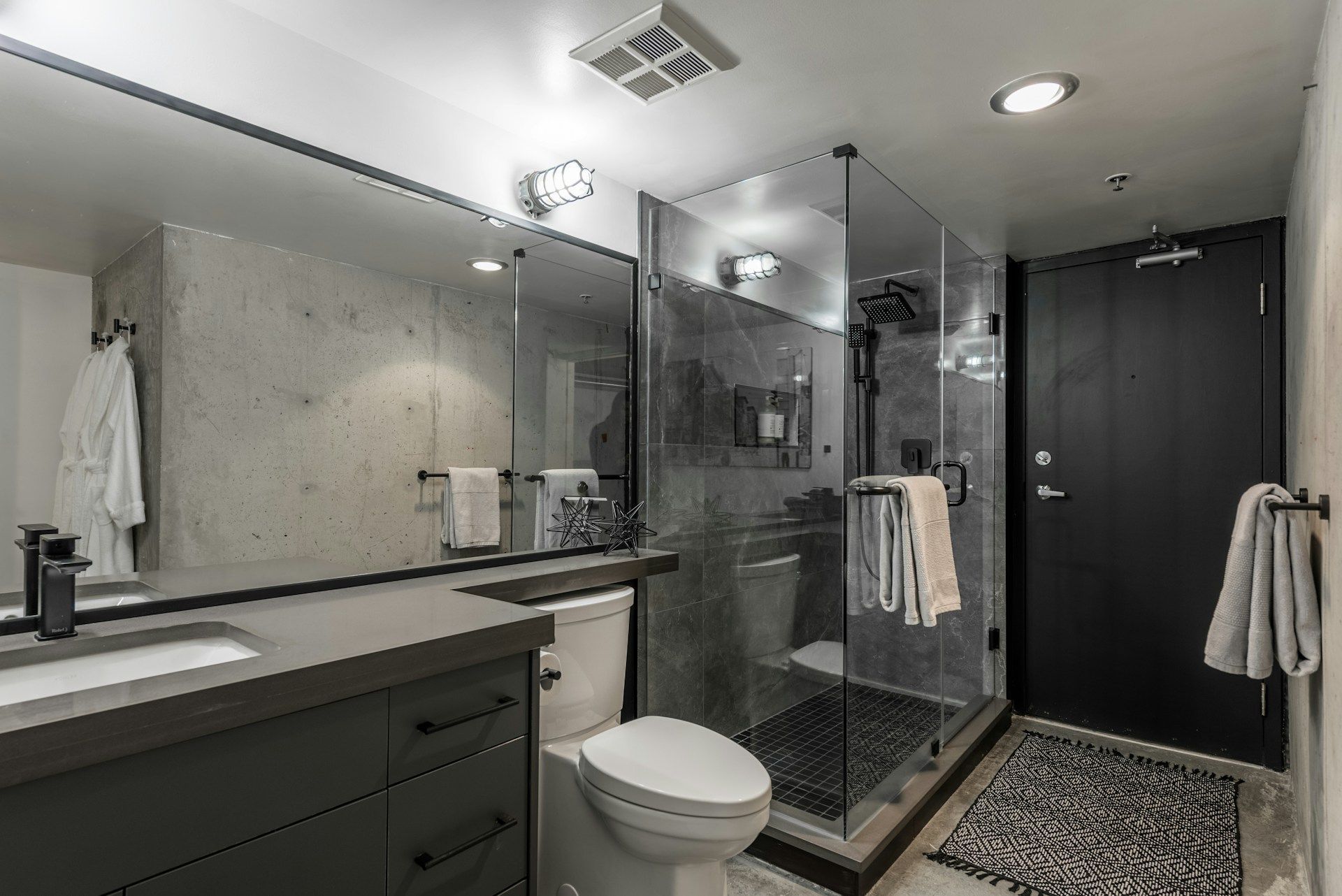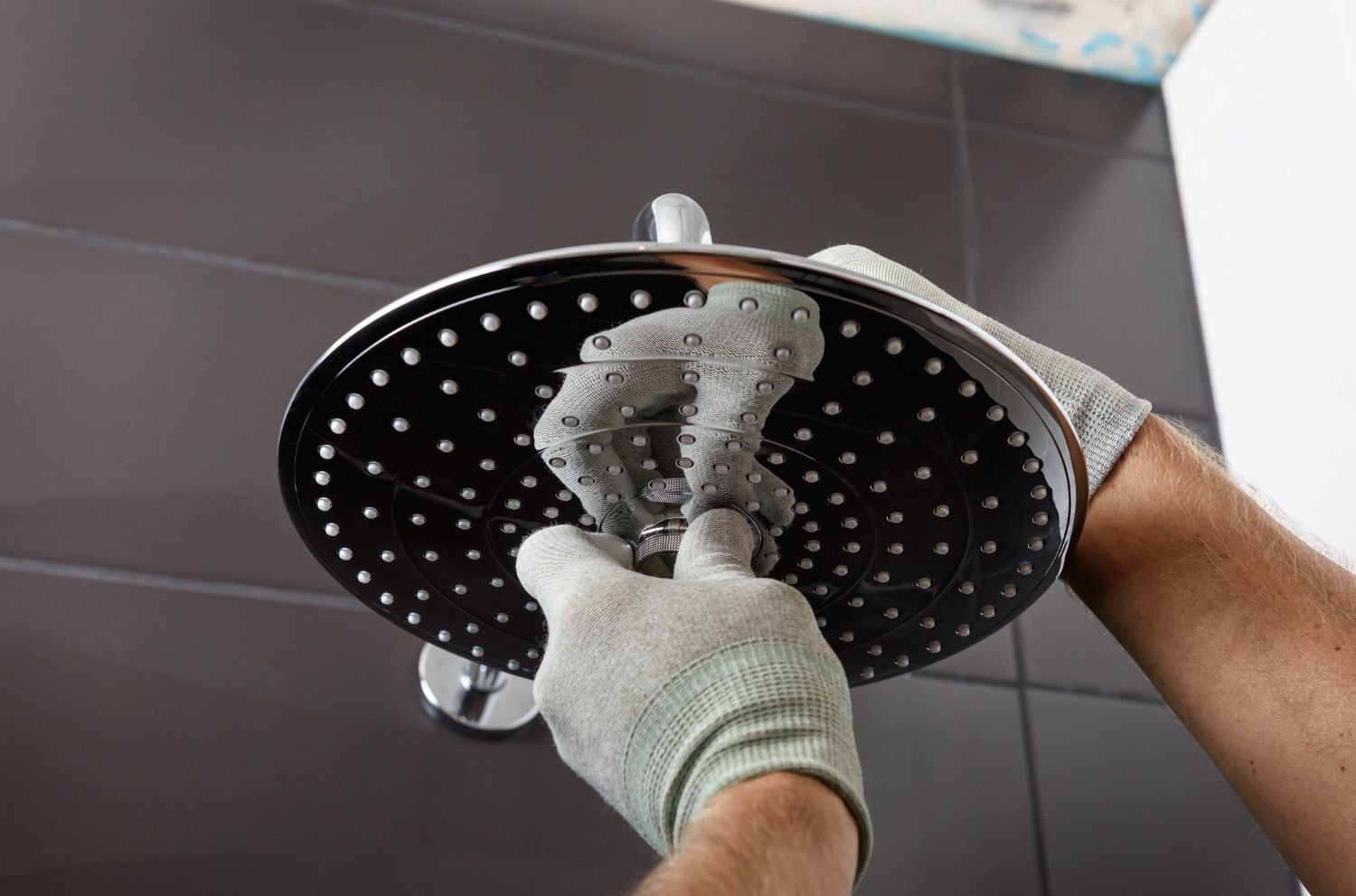Why Your Bathroom Fan Makes Strange Noises

Your bathroom fan probably isn't something you think about much, at least until it starts making weird noises. A little hum is normal, but when it starts rattling, clanking, or buzzing like an old blender, it's easy to wonder if something's wrong. These sounds can be annoying, but more importantly, they’re usually signs that something in the fan system isn’t working the way it should.
A fan plays a big part in keeping your bathroom dry and fresh, especially in places like Annapolis where moisture can build up quickly after showers or baths. If it's noisy, it’s letting you know there’s a problem you shouldn't ignore. The good news? Most of the time, those sounds are caused by fairly common issues. Here’s a breakdown of what could be going on and what to look out for as you check out your fan.
Common Causes Of Strange Noises
Strange noises from your bathroom fan usually point to something being loose, worn out, or blocked. If you’re hearing a racket every time the fan kicks on, one of these problems might be to blame:
1. Loose or Worn-Out Fan Blades
Over time, fan blades can get wobbly. Moist air and daily use can cause screws or clips to loosen. When that happens, the blades might rattle or knock every time the fan is on. Sometimes blades even crack, creating a clanging sound as they spin.
2. Motor Issues
Buzzing, humming, or even a burning smell can signal a motor that's on its last leg. The motor controls how smoothly the fan spins, and when something in the motor is wearing down or shorting out, the sound reflects it. A humming noise that doesn’t stop, even after cleaning, is often tied to the motor.
3. Debris in the Fan Housing
Dust and debris have a sneaky way of collecting inside the fan’s housing. When this builds up enough, it throws the fan off balance. That buildup can cause a chattering sound or something that sounds like fluttering wings. If it's been a while since the fan cover was removed and cleaned, trapped lint or even small bits of insulation might be the culprit.
4. Inadequate Mounting
Sometimes the issue isn't with the fan parts but with how the fan is attached to the ceiling. If the installation wasn't tight or the fan has shifted over time, it might vibrate against the frame or drywall. This kind of shaking can sound like something larger is moving in your walls, but really it’s the fan knocking around where it shouldn't.
One example we’ve run into is a bathroom in an older home where every time the light switch triggered the fan, it let out a high-pitched squeal. Turned out the motor housing had come loose and was rubbing against the casing. A professional repair stopped the sound and helped the fan work more efficiently.
Listening to your fan can help you catch these issues early. It might just need a minor fix, or it could be a sign that a full replacement is your next step. Either way, understanding the common causes can save you from bigger headaches down the road.
Solutions to Fix the Noises
Once you’ve pinpointed the likely source of that annoying fan noise, knowing what can be done about it helps you take the next step. Some of these issues are steam-related, others involve worn-out parts, but all of them can be handled by a professional with the right tools and experience.
Here’s a look at a few possible fixes that might be used after an inspection:
- Tighten loose parts: Screws, brackets, or the fan cover may have shifted over time
- Clean out internal debris: Lint, dust, and even drywall dust from remodels can throw things off balance
- Oil the motor: A fan motor may just need fresh lubrication to quiet a squeaky or humming sound
- Realign the housing: If it’s not mounted squarely, it may vibrate or shake against the ceiling
- Replace damaged parts: This could include fan blades or gaskets, which wear down over time
- Recommend a full upgrade: Sometimes the fan is just too old or underpowered to work efficiently
If the fan is older or the noise keeps coming back even after small repairs, replacement might be the right call. New models run more quietly and are often better at removing moisture fast, especially in a humid place like Maryland, where bathrooms can heat up quickly. An upgrade also gives you a chance to match your fan to your current lifestyle, maybe even choosing one with a built-in light or motion sensor.
Simple Habits That Keep the Noise Away
No one wants their bathroom fan sounding like it's ready for takeoff. Luckily, keeping it quiet doesn’t always require big changes. Regular attention and a couple of smart habits go a long way in helping it run the way it should.
Start with cleaning. About once every three to six months, take a moment to wipe down the grille and vacuum the grille cover. Dust buildup makes noise and restricts airflow. If the fan is in a heavily used bathroom, especially those shared by multiple family members, consider shorter intervals between cleanings.
Watch for signs of early wear, especially during seasonal transitions when temperature or humidity changes can mess with fan parts. If the fan randomly starts buzzing, rattles harder after steamy showers, or takes longer to clear the room, don’t wait for it to get worse.
Some preventive steps to take include:
- Let the fan run for 15 to 20 minutes after showers to fully clear out moisture
- Keep an ear out for changes in pitch or vibration
- Replace filters (if your model has them) as recommended by the manufacturer
- Make sure insulation around the fan duct isn’t blocking airflow
Homeowners in Maryland go through both humid summers and chilly winters, so your bathroom fan works year-round. A little maintenance helps it adapt to seasonal shifts without getting louder in the process.
Why A Professional Can Make All the Difference
When a bathroom fan starts acting up, it might seem like something you can put off. But strange sounds can be early signs of mechanical wear, moisture problems, or loose installations, all things that can affect your home’s comfort and even health.
Bringing in a professional helps make sure the issue is correctly diagnosed and actually fixed, not just masked. They don’t just look at surface-level problems. They check for bigger issues like poor vent routing, damaged seals, or signs of mold building up inside the ductwork. This kind of oversight isn’t easy to spot without experience.
There’s also safety to think about. Fans connect to your home’s electrical system, and fiddling with wiring or motors can pose real risks if not handled correctly. A licensed expert knows the proper steps to take, what parts to use, and how to test that everything’s safe and up to code when the work is done.
When Quiet Comfort Returns
When your bathroom fan runs smoothly and silently, it's easy to forget it's there. But the moment it starts clanking, buzzing, or rattling, the noise has a way of taking over. The trick is to listen early, act quickly, and bring in a professional if anything seems off.
A quiet fan does more than just sound better. It keeps your space healthy by moving out moisture before it becomes a problem. It adds comfort by clearing out odors faster. And most of all, it lets you enjoy your home without background annoyances creeping in.
If you live in Maryland and you’ve noticed something off with your bathroom fan, it might be time to take a closer look or better yet, have someone experienced handle it. Proper fixes lead to long-term comfort, and the sooner the noise issue is dealt with, the sooner things get back to quiet.
Whether you're dealing with stubborn fan noises or planning a full bathroom upgrade, having a smooth-running space makes all the difference. At Bathroom Remodeling Of Maryland, Inc., we’re here to help. Explore our
Maryland bathroom remodeling options and let us turn your bathroom into a quieter, more comfortable place to relax.










